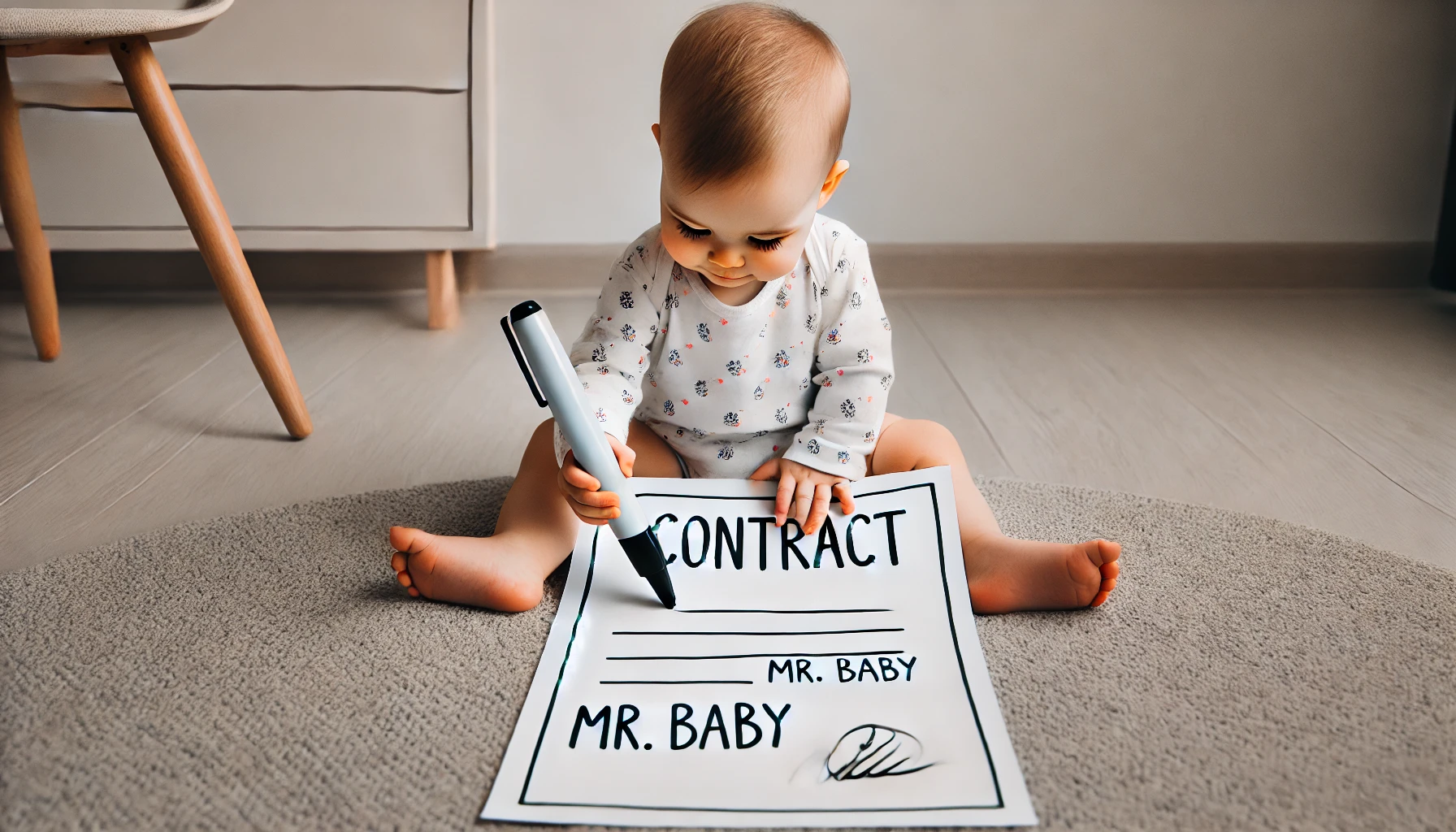
Child contact arrangements are crucial in ensuring that children maintain meaningful relationships with both parents after separation or divorce. These arrangements can be tailored to suit the unique needs and circumstances of each family. Here are the primary types of child contact arrangements:
1. Direct Contact
Direct contact involves face-to-face interaction between the child and the non-resident parent. This type of contact allows the parent and child to spend quality time together, fostering a stronger bond and sense of security. Direct contact can take various forms:
- Overnights: The child stays overnight at the non-resident parent’s home, providing extended periods of interaction.
- Weekends: Regular weekend visits are common, allowing for substantial and routine time together.
- Holidays: Extended contact during school holidays or special occasions ensures that the child can share significant moments with the non-resident parent.
2. Indirect Contact
Indirect contact is used when direct contact is not feasible or appropriate due to various reasons, such as geographical distance or family dynamics. This type of contact ensures that the child can still maintain a relationship with the non-resident parent through alternative communication methods:
- Letters: Writing letters can be a personal and thoughtful way to keep in touch.
- Phone Calls: Regular phone conversations help maintain verbal communication and emotional connection.
- Emails: Emails provide a flexible way to share updates, thoughts, and feelings.
- Video Calls: Platforms like Skype, or Zoom allow for face-to-face interaction even when physical meetings are not possible.
3. Supervised Contact
Supervised contact is ordered in situations where there are concerns about the child’s safety or wellbeing in the presence of the non-resident parent. This arrangement allows the child to spend time with the parent under the supervision of a third party, ensuring a safe and controlled environment:
- Professional Supervisors: Qualified professionals monitor the interactions, ensuring the child’s safety and welfare.
- Family Members or Friends: Trusted individuals may be appointed to supervise the contact sessions.
- Contact Centres: These are neutral, child-friendly environments where supervised visits can take place under the oversight of trained staff.
Conclusion
Choosing the right type of child contact arrangement depends on the specific needs and circumstances of the child and family. The primary goal is to ensure that the child can maintain a healthy and positive relationship with both parents while prioritising their safety and wellbeing. It’s essential for parents to communicate openly, consider professional advice, and remain flexible to adapt arrangements as the child grows and their needs evolve.
How Law Clarified can help
If you need a family law and child contact lawyer, complete our Contact Form now. Our expert panel of solicitors will guide you through the process, evaluate your eligibility, and ensure you have the necessary evidence to proceed with confidence.
Disclaimer: This article is intended for guidance only and ‘must not’ be relied upon for specific advice.
Stay Updated with Law Clarified! Follow us on TikTok, YouTube, Facebook, Instagram, and LinkedIn. Got something to interesting to publish? Email us at: info@lawclarified.co.uk.

